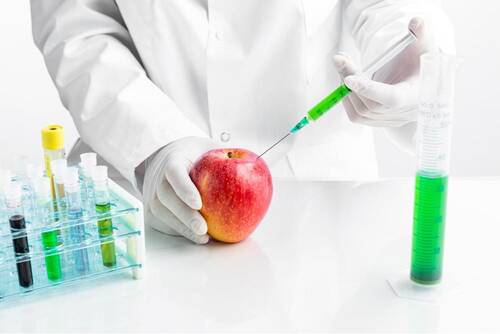
20 Sep The FDA Approval Process: What It Means for Your Product

Ever thought what are the next steps after launching a product? Once a product is launched, there is much more to do about FDA approval, particularly with health and safety products. The FDA acts as a protector and safeguard of products, be they medications or medical devices, allowed to enter the U.S. market.
Here, understanding the FDA approval process will benefit you to help understand the complex world of product approval and set real expectations of your product for the market. Let’s look at the basic structure of FDA approval and its after-process.
Why is FDA Approval important?
FDA is considered of prime importance because it encompasses a seal of safety and efficacy. Once the agency has reviewed and verified that a product meets certain standards, FDA approval states that with such approval, the product can be introduced into the market, and further sales of that product in America can then take place. This is the same case with SFDA Registration, where a product must ensure safety and quality standards before being marketed in regions where the Saudi Food and Drug Authority oversees regulation.
It also signifies to consumers and healthcare providers that the product has been tested through rigorous standards and meets the highest standards regarding safety and effectiveness.
FDA Approvals
FDA approval processes differ depending on the nature of the product you are developing. Although different requirements abound for each product, in general, the basic steps include these:
Preclinical Checking: It is carried out before going to the human stage. At this stage laboratory research and experiments on animals are performed in order to gain preliminary information about the safety and efficacy of a drug.
IND Application: Subsequently, for drug products, it will submit an IND application to the FDA. An IND application consists of all data that have been accumulated from preclinical testing and a very elaborate plan for clinical trials.The information submitted is reviewed by the FDA to determine whether or not the planned trials would be appropriately designed to assess the safety and efficacy of the product.
New Drug Application or Pre-Market Approval: Following the safe establishment of a drug product in clinical trials, it is submitted for approval with an NDA. Drugs include all data from the clinical trials, along with supporting materials on manufacturing and labeling, including information about proposed use. The procedure is similar for medical devices but may be more specific to the requirements that have to do with devices.
FDA Review: Once an NDA or PMA is submitted, the FDA reviews it for all the information submitted. It is going to take several months to years, depending on the complexity of the product. The FDA reviews the data to determine whether the product is safe and effective and also meets its requirements.
Approval or Rejection: If the FDA determines that the product indeed meets all of the attributes required, then it is approved for marketing. If, however, problems are detected or if data needs to be obtained to clear up concerns, the FDA sends a CRL that indicates precisely what changes need to occur before approval.
What Happens After Approval?
Once cleared by the FDA, the approved product is also obligated to follow current regulations. This implies that there exist strict rules for labeling, advertisement, and adverse effect reporting for the manufacturers as well. In addition, it will be under regular inspection and review if it continues to meet the set requirements of quality and safety standards.
Why the Process Matters
Understanding the FDA approval process can benefit any person planning to develop and market health-related products. It provides realistic time frames and expectation management. Knowing which stage to prepare for requires that all documentation and data must be complete.
The FDA approval process is rigorous and complete to ensure that products are safe, effective, and dependable. This may seem overwhelming, but its purpose is designed to safeguard public health and instill confidence within consumers that they use with minimal risk.
With an understanding of each step in the process, you’re going to be better positioned to work through the steps to getting approval and getting your product to the marketplace.
———————————-
The information on MedicalResearch.com is provided for educational purposes only, and is in no way intended to diagnose, endorse, cure, or treat any medical or other condition.
Some links may be sponsored. Products, services and providers are not endorsed. Please comparison shop for insurance providers and check with Medicare directly to confirm your choices.
Always seek the advice of your physician or other qualified health and ask your doctor any questions you may have regarding a medical condition. In addition to all other limitations and disclaimers in this agreement, service provider and its third party providers disclaim any liability or loss in connection with the content provided on this website
Last Updated on October 7, 2024 by Marie Benz MD FAAD
